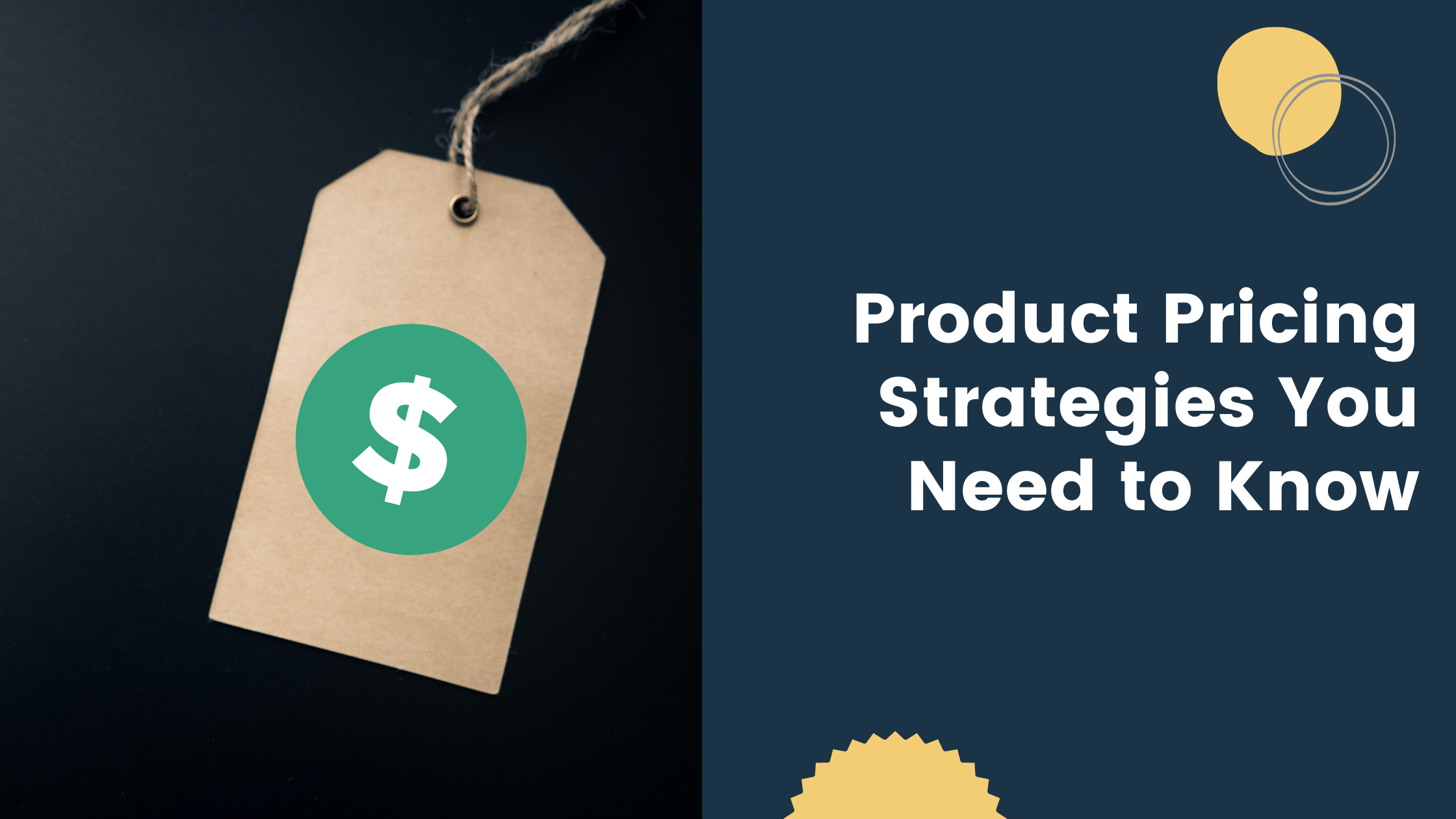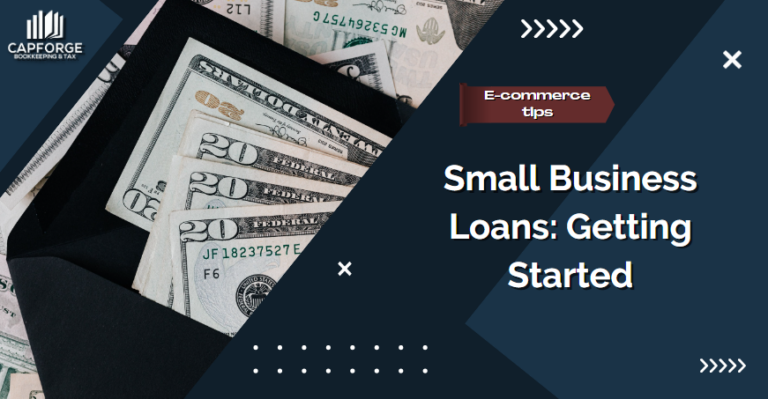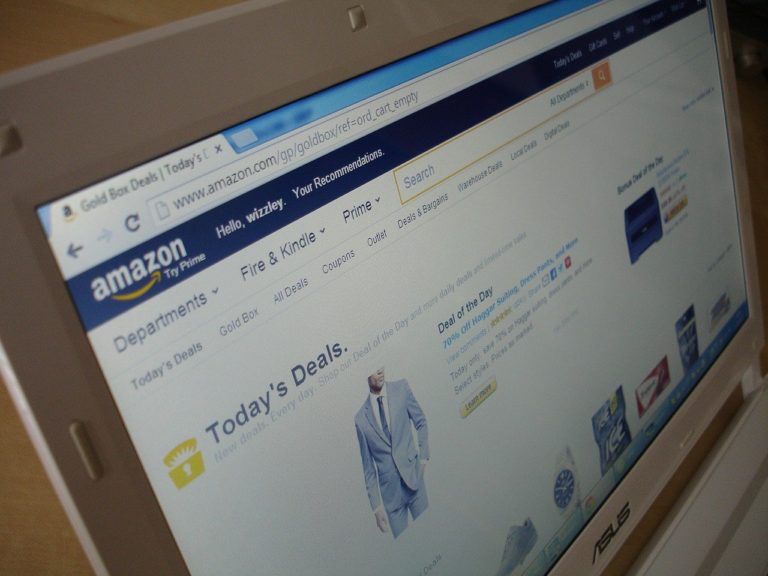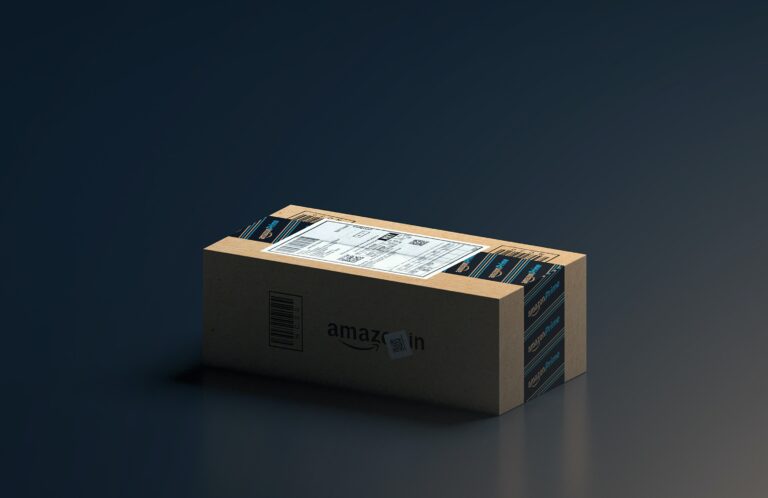Product Pricing Strategies You Need to Know
One of the tricky parts of starting your business is figuring out the right product pricing. Price them too high, and you’ll find it difficult to attract customers. Price them too low, and you’ll risk losing profits. The key is to find a happy medium that will put your products in the best place to succeed.
So, how can you determine the true cost of your products? The answer lies in product pricing strategies. There are plenty of factors to consider when pricing a product, and knowing what these are can help you paint a clear picture of the product’s price. This article will discuss the top product pricing strategies that successful businesses use to help their products flourish and secure sales in a competitive market.
Why is a product pricing strategy important?
Beyond the quality of your product, price is perhaps the biggest indicator of whether a product will thrive or flop. Potential buyers look at the price tag and immediately associate it with the product’s perceived value and usefulness. A well-priced product will appear more desirable to customers as it strikes the perfect balance between quality and cost.
In contrast, an underpriced product will make consumers think less of the product and associate it with cheapness or low quality. That’s why product pricing strategies exist; to define the perceived worth of your product and your brand.
There’s no one-size-fits-all solution as businesses will have varying needs and revenue goals. For example, businesses in the retail industry may rely on cost-plus pricing for consistent revenue. In contrast, electronic brands may use a price skimming method to capitalize on hype and drive sales.
The best pricing strategy is the one that solidifies your brand’s positioning and helps you meet your revenue goals.
What are the different types of product pricing strategies?
Now that you know the importance of pricing your products let’s dive into the different product pricing strategies.
1. Competitive product pricing
Competitive product pricing refers to pricing a product/service that gives you a clear edge over your competitors. Such a pricing method is ideal for saturated markets as it helps distinguish your brand from the others. Think of competitive product pricing as an entry point for your target customers to know more about your offerings.
For this pricing strategy to work, you need to keep a close eye on your competitors. You want to know when they raise or drop their prices so you can take advantage of the opportunity. Of course, you’ll need an appropriate seller tool that lets you track sales and pricing to ensure you’re always updated.
2. Value-based pricing
Many brands use value-based pricing as their go-to pricing strategy, as it’s a pretty straightforward concept to use. Here, a business will price its products/services according to its perceived value. Marketers love this pricing strategy because they know customers will pay for a product in demand or valued highly by the general public.

To be successful with value-based pricing, you need to know how to develop your brand. People should feel inclined to choose you over your competitors. It’s the opposite of undercutting, as it’s all about making a strong statement. That’s why brands love collaborating with high-profile individuals, as it helps drive exposure to their brand and enhance the value of their offerings.
It can be tricky to get right at first, but you’ll be cashing in with higher margins once you nail down this pricing strategy.
3. Price skimming
One of the more interesting product pricing strategies is price skimming. Price skimming is about setting a product’s price relative to consumer demand, then lowering it over time. We often see this pricing strategy in the smartphone space, where brands take advantage of product hype each year. Since people anticipate new phone releases, a price skimming strategy works best to maximize profits.

There’s a reason why people pay top dollar for the latest iPhone or the next-gen Playstation console, even if they know the price will eventually go down. Being a part of the new wave of owners gives consumers a feeling of exclusivity, which electronics companies know.
A word of caution; price skimming can backfire if the hype dies down quickly. You have to establish brand loyalty to your consumers to keep them interested in your products. If you have to adjust the price as soon as your product launches, you might face backlash from your consumers, and your brand’s image will take a hit.
4. Penetration pricing
On the opposite side of the spectrum is penetration pricing, where brands price their products low to break entry into a market, then raise it over time. It’s a clever strategy that can steer buyers away from established brands and introduce them to your business. The concept behind it is pretty simple; get enough customers to follow the product, and capitalize on the interest by raising the price.
You’ll mostly find this pricing strategy on subscription-based services like Hulu or Netflix. The free trial introduces their services, and once customers find them appealing, they’ll subscribe and make payments monthly.
The main drawback of penetration pricing is that savvy customers will take advantage of your introductory offer and revert to their favorite brand.
5. Economy pricing
As the name suggests, economy pricing keeps production costs low and reflects the price tag. Such a pricing strategy makes sense for mass-produced goods like food, medicine, and the like. Economy pricing is perfect for generic and commodity goods as the low price makes them appealing to the average consumer.
There’s always a market for cheap products, and economy pricing adds variety to a buyer’s list of options. It’s also a good strategy to use during an economic downfall, as buyers will stick to the basics instead of splurging on expensive brands. Since the product prices are low, the sales volume will dictate the amount of profit you’ll make.
Competition in the budget space is tough, and customers will instantly switch if they see cheaper options. Before using economy pricing, keep an eye on your competitor’s prices. You should also monitor your production costs to capitalize on sales volume.
6. Cost-plus pricing
Supermarkets and department stores use the cost-plus pricing strategy to simplify cost calculation and allow room for price fluctuations. You analyze the production costs and add a markup to the product’s final price. For example, suppose that a product costs $5 to produce and market. The company can add a percentage on top of the product’s price as their profit.

It provides steady returns and doesn’t require extensive market research to be effective, making it suitable for small-to-medium-sized enterprises. But since the pricing strategy revolves around the unit’s cost, you need to be aware of hidden production charges. Failure to do so and those missed costs will significantly affect your profit margins.
Cost-plus pricing works because you can easily communicate with consumers regarding price changes. When production costs increase, you can simply bump the price, and buyers will view it as a justified move.
7. Dynamic pricing
The most complex of pricing strategies is the dynamic pricing method. Here, the product has no fixed price and varies depending on demand, target market, etc. We’ve seen ride-sharing services like Lyft or Uber successfully implement a dynamic pricing strategy, as the varying conditions (and rush hour demands) dictate the price. The same goes for commercial airlines, as business people usually book their flights at the last minute. Airline tickets fluctuate in price in minutes, enabling them to make profits regardless of the season.
While dynamic pricing is ideal for profit, it’s not the most sustainable of pricing strategies, especially if you’re looking to build a loyal brand following. Customers may not like buying a product at a higher price than someone else. When this happens, it may cause them to shift to another brand with more consistent pricing.
Which product pricing strategy is best for you?
So you’re deciding on which pricing strategy to implement. What should you consider to ensure your product enters the market successfully?
- Look at the market – What are your competitors doing? How do they set their prices? Is there enough demand for your product at launch? Understanding your target market will enable you to choose the best pricing strategy for your products.
- Know your audience – As the saying goes, knowledge is power. The more you know about your audience, the easier it is to sell your products/services to them. Learn what makes them tick and what their buying habits are. When you price your products the right way, customers will gravitate towards your brand, and you’ll have a competitive edge over other businesses.
- Figure out how much they’re willing to pay – Again, product pricing has to do with the perceived value of your brand. You can generate more profit if you can take advantage of the interest surrounding your products/services. If you genuinely believe that your product outperforms anything else on the market, raise the price and see how well your sales numbers go.
Hopefully, this article provides everything you need to know about product pricing strategies. If you need help with expert bookkeeping services, our team is ready to assist you. Feel free to contact us below, and we’ll get back to you as soon as possible.








